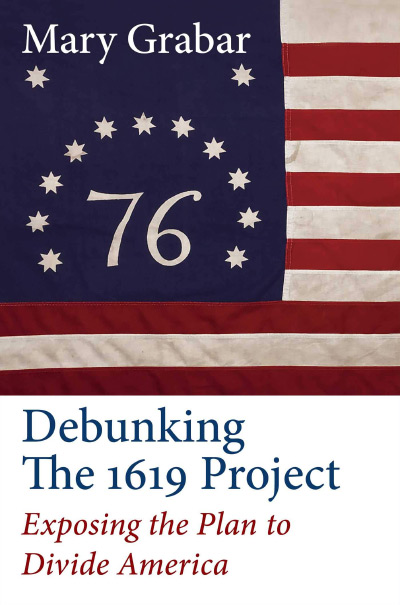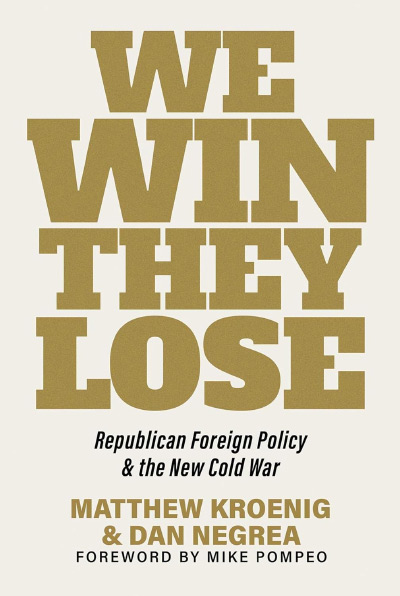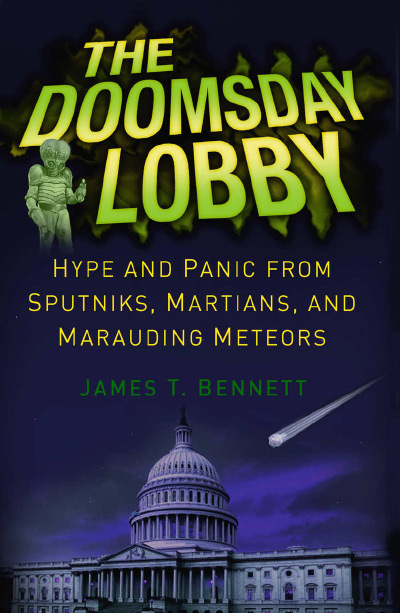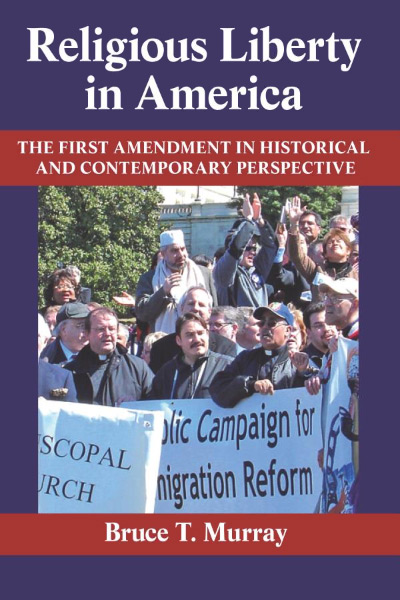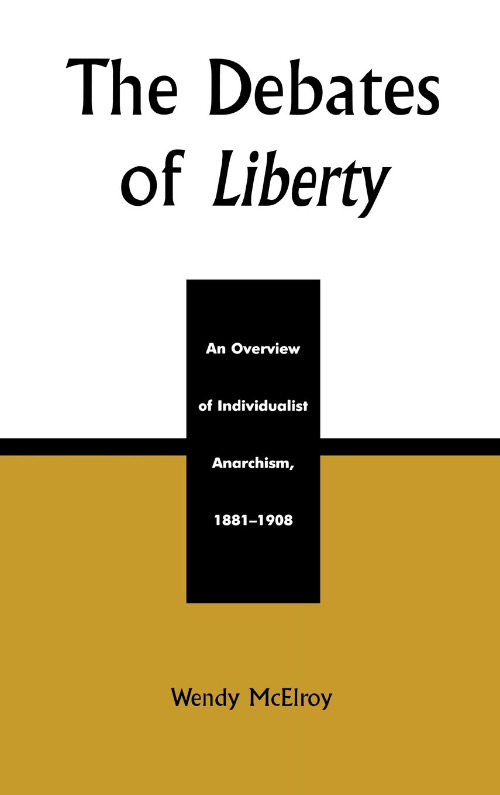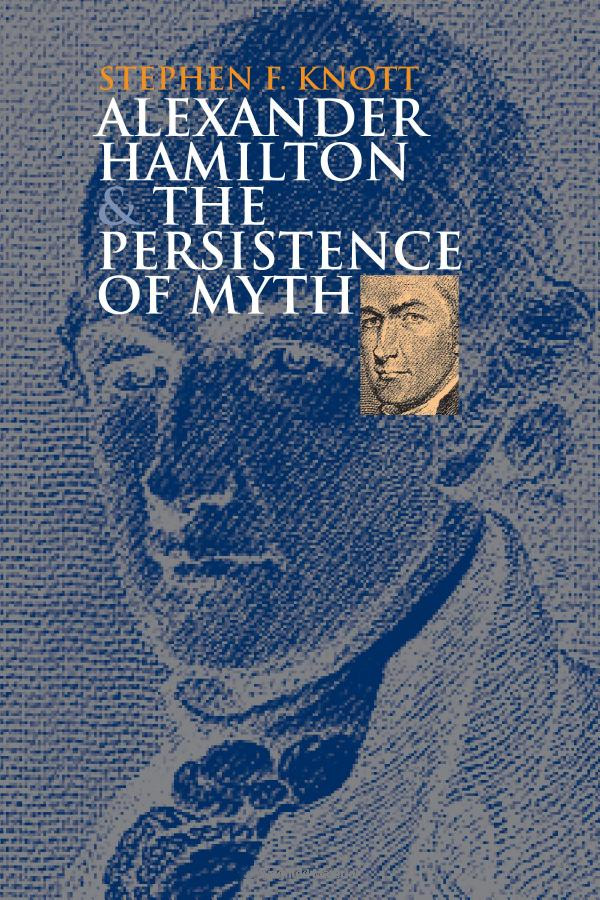The New York Times’s 1619 Project has sparked numerous responses since its publication three years ago—including Phillip Magness’s The 1619 Project: A Critique (Great Barrington, Mass.: American Institute for Economic Research, 2020) and Peter Wood’s 1620: A Critical Response to the 1619 Project (New York: Encounter Books, 2020). Now, Mary Grabar, a scholar at the Alexander Hamilton Institute for the Study of Western Civilization, sets out not only to refute the Project’s factual assertions but to resist the rhetoric it employs—a rhetoric that depends more on ignoring relevant facts than making overtly false claims. Grabar brings to this task an impressive array of scholarship on everything from the lives of Thomas Jefferson and Abraham Lincoln to the structure of the slave trade in eighteenth-century Africa and slave revolts in nineteenth-century America.
Yet her book misses the mark, not because the 1619 Project’s claims are true, but because her “debunking” is pitched in such a partisan tone that is virtually certain to leave unpersuaded anyone not already convinced of the Project’s faults. Consider the paragraph in which she sets out her thesis: “In spite of the laurels bestowed upon it by progressive politicians, educrats, professors, cowering university presidents, woke readers of the New York Times, indoctrinated students, and Hollywood,” she writes, “the 1619 Project is a polemic, steeped in ideology” (p. 38). Perhaps so—but swipes at “woke” “educrats,” not to mention the book’s blurbs from Dennis Prager and Ben Shapiro, operate as flashing “Do Not Enter” signs to anyone on even the moderate political left.
Similarly, Grabar’s lack of nuance and tendency to focus on irrelevancies are more likely to stiffen the backbone of the Project’s adherents than to persuade the undecided. Consider her discussion of a passage in the Project’s flagship article in which journalist Nikole Hannah-Jones describes an August 1862 meeting between Lincoln and a group of free black men—the first black delegation ever received at the White House. Lincoln asked his guests to encourage the slaves, once emancipated, to leave the United States and colonize Africa or Central America, a request that outraged abolitionists such as Frederick Douglass when they learned about it. The colonization proposal, Douglass wrote, proved that Lincoln was “a genuine representative of American prejudice and Negro hatred,” more concerned about the effect of the Civil War on whites “than [with] any sentiment of magnanimity or principle of justice” (“The President and His Speeches,” Sept. 1862, in Philip Foner and Yuval Taylor, eds., Frederick Douglass: Selected Speeches and Writings, Chicago: Lawrence Hill Books, 1999, 512).
Hannah-Jones describes the meeting as follows:
That August day, as the men arrived at the White House, they were greeted by the towering Lincoln and a man named James Mitchell, who eight days before had been given the title of a newly created position called the commissioner of emigration. This was to be his first assignment. After exchanging a few niceties, Lincoln got right to it. He informed his guests that he had gotten Congress to appropriate funds to ship black people, once freed, to another country You can imagine the heavy silence in that room, as the weight of what the president said momentarily stole the breath of these five black men. It was 243 years to the month since the first of their ancestors had arrived on these shores, before Lincoln’s family, long before most of the white people insisting that this was not their country.
In Grabar’s view, these words create a “distorted picture” of the meeting. The reason? “Lincoln’s height—six feet, four inches—is given an ominous spin,” she complains, because Hannah-Jones’s use of the word “towering” implies that he was “standing over the black men in an intimidating manner,” whereas there is no evidence “that Lincoln’s posture was menacing in any way” (p. 199). Hannah-Jones’s use of the phrase “their ancestors” is also misleading because “it is doubtful that any of the men meeting with Lincoln that day were descendants of the twenty or so Africans” who arrived in Virginia in August 1619 (thereby lending the Project its name).
These reactions are bizarre because no fair reader would think Hannah-Jones was either accusing Lincoln of intimidating the delegates or claiming that they were literal descendants of the slaves who landed in 1619. Such an uncharitable interpretation of Hannah-Jones’s words leads Grabar into a “refutation” that is simultaneously trivial and unfair, thus distracting the reader from the more focused and effective responses she offers elsewhere in the book.
Nor is this merely a problem of word choice. It would not have undermined Grabar’s rebuttal of the Project to acknowledge that Lincoln’s colonization scheme—like those Jefferson and others proposed decades earlier—was inhumane and logistically absurd. Black Americans had little interest in emigrating, and many who did go failed because they had no experience. They were not foreigners; most were born in America, as were most of their parents and grandparents. Colonization manifested a belief that blacks and whites could never peacefully coexist on this continent, and the impracticability and immorality of mass exportation was already so clear by August 1862 that some Lincoln scholars think the whole meeting was some kind of political theater.
One can admit that colonization schemes were cruel and stupid without conceding the 1619 Project’s central thesis. On the contrary: that thesis is, in its essence, the same as that advanced by colonizationists. Hannah-Jones and her colleagues think America was founded as, and remains, a white-supremacist nation in which blacks have no place. That was false when colonizationists asserted it before the Civil War, and it remains false despite being endorsed by Hannah-Jones and her allies. Yet Grabar misses this nuance. In fact, in her rush to defend Jefferson and other revolutionaries against Hannah-Jones’s claim that they weren’t actually against slavery, she even cites colonization schemes as proof that they were. But while it’s true that America’s founders hated slavery, they still deserve blame for failing to focus their efforts on working toward a nation where the races would enjoy equal citizenship.
They could have tried. In 1814, Jefferson’s neighbor, Edward Coles, urged the former president to take a public stand against slavery in his declining years. Coles freed his own slaves and gave them land in Illinois, in an experiment with liberation that achieved mixed results, but he was unable to persuade the seventy-one-year-old Jefferson to do likewise. Jefferson said he was too old to champion a moral crusade, and that slavery would have to be eliminated gradually—a project he was content to leave to the next generation. Had he acted then, he and his protégé James Madison might have prevented the ascendancy of the “positive good” school of slavery, which in the 1830s hardened into a nationalistic ideology that motivated secession and civil war. But they did not act.
Grabar writes that Jefferson, then deeply in debt, “could not do what Coles did as a young man. As [biographer Dumas] Malone writes, Jefferson’s ‘unavoidable problem at this stage of drought and depression was not how to free his slaves but how to feed them’” (p. 179). But this was and is too glib an excuse. Jefferson was then among the most admired men in the world, and he and Madison had plenty of energy to spare for the founding of the University of Virginia, their main project at the time. They could have attempted at least some valedictory effort to persuade their political heirs to end the peculiar institution. Their refusal to do so can only be described as the single greatest failing of their otherwise noble lives. Although it does not warrant “canceling” them as national heroes—and certainly does not substantiate Hannah-Jones’s absurd assertions that they fought the Revolution in order to forestall British abolitionism, or that the Constitution gave slavery permanent legal protection, or that “nearly everything that has truly made America exceptional” is the result “of slavery—and the anti-black racism it required”—any balanced assessment of Jefferson’s and Madison’s careers must acknowledge that their failure to act in the period between 1800 and 1830 was wrong. Likewise, a fair biographer of Lincoln must acknowledge, as Frederick Douglass did, that the Great Emancipator spoke and acted about slavery more often in terms of its consequences for whites than its effects on blacks. By refusing to concede these points—which, again would not have weakened her argument—and focusing instead on weirdly hypercritical analyses of Hannah-Jones’s verbiage, Grabar risks moving beyond true refutation and entering the realm of jingoism.
This is especially true of Grabar’s brief discussion of Dred Scott, the Supreme Court decision in which Chief Justice Roger Taney said black people could never be American citizens because the nation’s founders did not consider them among the “all men” who are “created equal.” Regarding Taney’s assertion that blacks had “no rights which the white man was bound to respect” (Dred Scott v. Sandford, 60 U.S. (19 How.) 393, 407 (1857)), Hannah-Jones wrote that this meant blacks “were a caste apart from all other humans,” and concludes that Dred Scott “enshrined” the idea that “enslavement and subjugation” were their “natural station.” This is obviously true. Yet Grabar accuses Hannah-Jones of “misrepresent[ing]” the ruling because Taney was “not expressing his own opinion,” but merely interpreting the Constitution; the Chief Justice actually “sympathized with the plight of blacks,” but as “a states-rightist and [a] Constitutionalist,” he considered himself bound by the law. “Far from enshrining racism in America,” Grabar concludes, Dred Scott actually “solidified and energized opposition to slavery” (p. 195).
This criticism is bewildering because Hannah-Jones did not purport to be discussing Taney’s personal views. She was referring to the decision itself, which certainly did “enshrine” the bondage of the black race into constitutional law. Lincoln certainly thought so. He said the ruling would have the consequence of “dehumanizing the negro . . . and [making] it forever impossible for him to be but as the beasts of the field” (Speech at Edwardsville, Ill., Sept. 11, 1858, in Don Fehrenbacher, ed., Abraham Lincoln: Speeches and Writings 1832–1858, New York: Library of America, 1989, 584). Whether Taney can be rightly called a “Constitutionalist” is debatable, since Dred Scott was wrongly decided as a legal matter—Taney’s claim that “the right of property in a slave is distinctly and expressly affirmed in the Constitution” (Dred Scott, 60 U.S. (19 How.) at 451) is patently false—but certainly the fact that it energized opposition to slavery cannot mitigate Taney’s guilt since that was hardly his intention. On the contrary, he and President James Buchanan—who had been secretly given a copy of the decision before it was announced—intended the ruling to silence antislavery agitation once and for all.
Grabar’s miscues are disappointing because she is capable of offering the disciplined criticism that the 1619 Project deserves. For example, she demolishes Hannah-Jones’s claim that American slavery was “unlike anything that had existed in the world before.” In reality, slavery is among humanity’s oldest practices, and the variety existing in pre-Revolutionary America was not distinctively worse than the forms practiced elsewhere. Grabar is right that in 1776, what actually was “unlike anything that had existed in the world before” was the proposition that slavery was an evil that ought to be abolished. “Recognition of the ‘unalienable Rights’ of ‘Life, Liberty, and the pursuit of Happiness,’” she writes, inaugurated the “novel and revolutionary idea” that inspired the formation of the world’s first antislavery societies and sparked the—alas, too slow—effort to emancipate the enslaved, something that had never in history been attempted on a nationwide scale (pp. 103–4).
Grabar is also right that, far from being a genuine effort to understand American history, the 1619 Project is designed “to advance political grievances and earn political points”—so that it absurdly claims that even today’s traffic jams in Atlanta and the absence of socialized medicine are legacies of slavery (p. 234)—and that the Project as a whole proves that “the adversarial approach to history has come to prevail” (p. 54). Unfortunately, she practices that approach herself, framing her book as an assault on “partisan Democrats” (and “Republicans who supported Common Core”) rather than focusing objectively on the historical record (p. 38). That does a disservice to Americans past, present, and future.
| Other Independent Review articles by Timothy M. Sandefur | ||
| Fall 2010 | Reply to Gus diZerega | |
| Summer 2009 | Some Problems with Spontaneous Order | |
| Summer 2005 | Freedom and the Burden of Proof: Randy E. Barnett’s New Book on the Constitution | |
| [View All (4)] | ||


